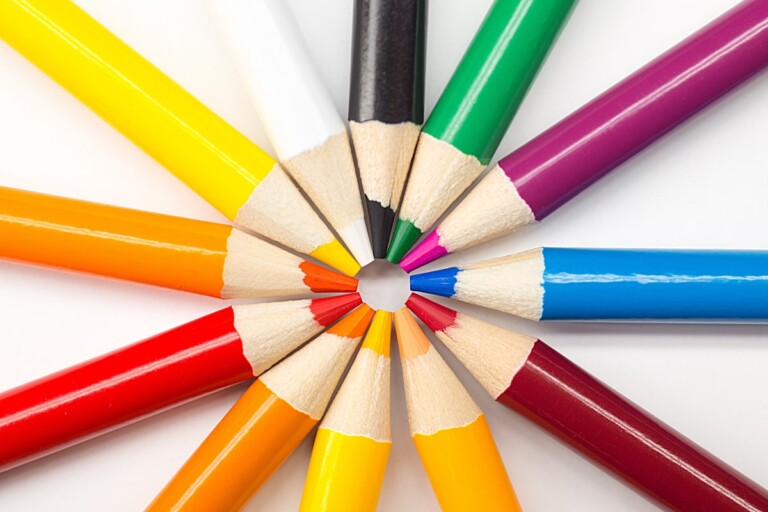
Sustainability: “Recycling Should Only Be a Last Resort”
Take, make, waste: This economic model has become unsustainable on a planet with finite resources and a growing population. As demands for goods and services keep rising, it’s time to shift to a new model, which aims to keep materials in use for as long as possible.
Proponents speak of a circular economy, rather than a linear one: instead of discarding products after use, we should aim to create closed-loop systems where materials are reused, repaired, or recycled. But how?
Ahead of DLD Circular 2023, we spoke with Ramona Liberoff, the Executive Director of PACE, a public-private collaboration platform that aims to accelerate the transition to a circular economy, about the best ways to have a positive impact – as individuals, corporations and on a societal level.

How does PACE aim to speed up the transformation to a circular economy?
Our purpose is to accelerate the adoption of circularity at specific, scientifically determined leverage points across global production systems. We do this by mobilizing a global network of specific, committed changemakers. As a public-private platform, we are uniquely positioned to identify precise points of intervention – and specific individuals and groups – who can bring impactful change. We are currently focused on scaling mineral circularity for global resilience. Integrating circularity with climate measures; and recapturing resources for circular food production.
What do you hope to achieve?
There is tremendous scope for improvement in the economics and innovation of material reuse, minimizing environmental and social harm in resource extraction, as well as making production more resource efficient and keeping products in use for much longer – recycling should only be a last resort.
Why should we avoid the need to recycle?
Much consumer plastic cannot be easily reused or recycled, and the same is true for most cheap textiles. Materials derived as fossil fuel byproducts can also cause environmental and health harm in the process of recycling as they shed chemicals and microplastics. The best strategy is to avoid the widespread use of these materials wherever possible.
DLD Circular 2023
This event was a transformative journey for all attendees on September 6, 2023, in Munich. Revisit DLD Circular 2023 to explore how the vision of circularity, combined with latest technological advances, can drive positive change in shaping a sustainable world.
How do we change the system for the better?
Companies and countries must be willing to rethink their production systems from start to finish, and set themselves far greater ambitions for valuing resources – otherwise we will not see any substantive change. This is not merely a technical change: it is a “socio-technical” change, a new form of industrial revolution, that values things that do not always have an explicit price, such as nature.
Where can a shift to circularity have real impact – fast?
When focusing on a production process, we identify what we term points of “system acupuncture” and work to scale them. As an example, looking at the rice value chain, there are commonly wasted resources or burned by-products of production that could be made into building materials – either directly or as input to better cement processing. Ensuring that those technologies are scaled, and that policy supports their implementation, is how you make change happen. These identified interventions all have the potential to return significant benefits for people, nature, and the climate. They are not “quick”, however: our current system of industrial production has taken a century or more to set up, and we need to re-wire our production operating system to fit. There are few quick or easy wins.
Related Articles

Why the Circular Economy Is the Future






